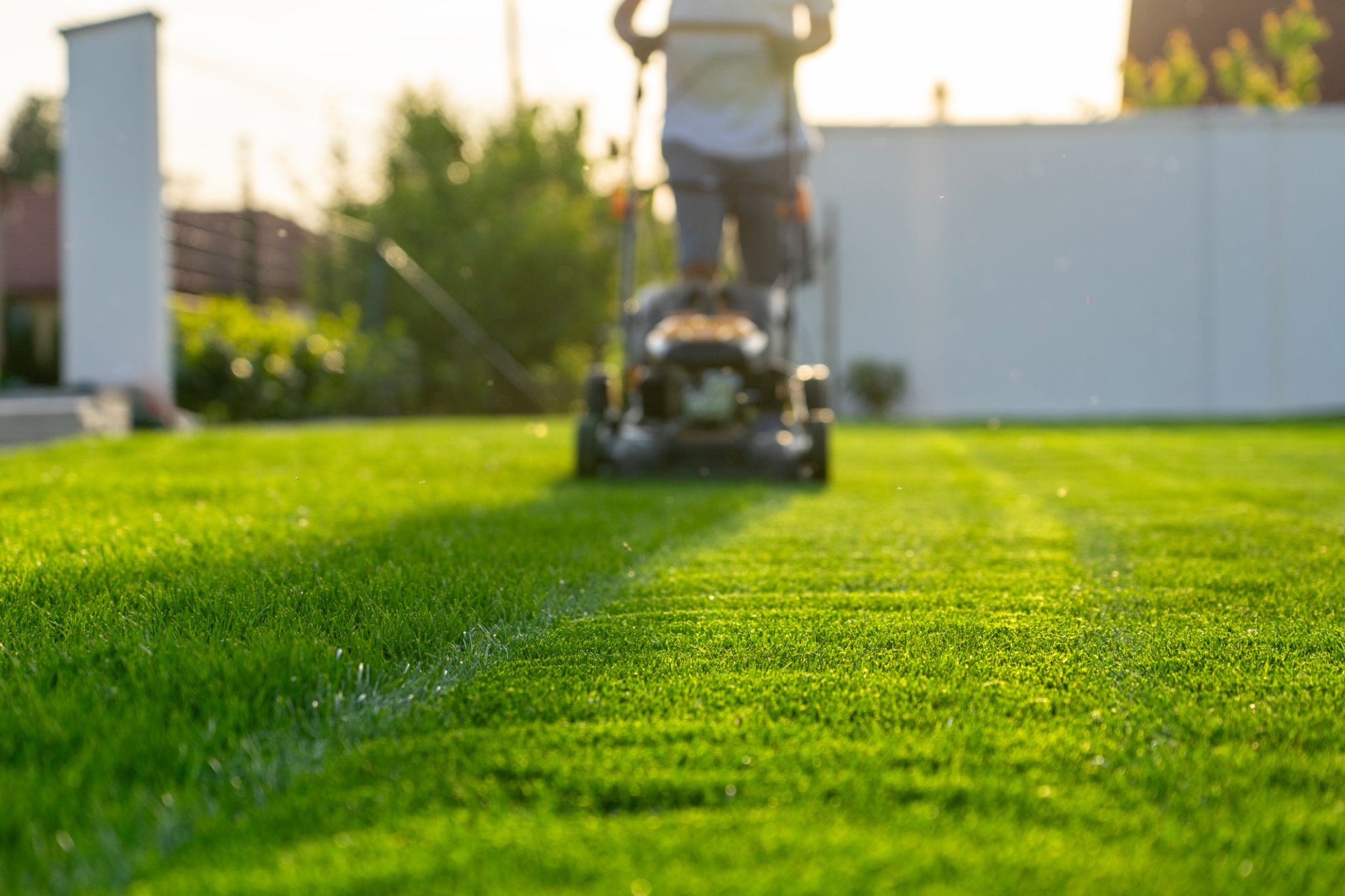Expert Advice on Choosing the Right Grass for Your Texas Lawn
Understanding Texas Climate and Soil
Choosing the right grass for your Texas lawn involves understanding the unique climate and soil conditions of the region. Texas is known for its diverse weather patterns, ranging from arid deserts to humid subtropical climates. This variability necessitates selecting grass types that can thrive in specific local conditions. Soil composition also varies widely across the state, so it's crucial to assess your soil type before making a decision.
In areas with sandy soils, grasses that are drought-resistant may be more suitable, while clay-heavy soils might require varieties capable of withstanding excess moisture. Understanding these factors will guide you toward making an informed decision.

Popular Grass Types for Texas Lawns
Bermudagrass
Bermudagrass is a popular choice for Texas lawns due to its adaptability to the state's heat and drought conditions. It thrives in sunny areas and can withstand heavy foot traffic, making it ideal for active families. However, it requires regular maintenance, including mowing and fertilization, to keep it lush and healthy.
St. Augustine Grass
St. Augustine grass is well-suited for the humid regions of Texas. It grows well in sandy soils and provides a dense, vibrant lawn. This type of grass is shade-tolerant, making it perfect for yards with large trees. Keep in mind that St. Augustine grass requires consistent watering and may be more susceptible to pests.

Considerations for Choosing Grass
When selecting grass for your Texas lawn, consider factors such as sunlight exposure, water availability, and lawn usage. If your yard gets ample sunlight, grasses like Bermudagrass or Zoysiagrass might be more appropriate. For shaded areas, consider St. Augustine grass or Centipede grass.
Water availability is another critical factor. Some grasses are more drought-tolerant than others, which is essential during Texas's hot summer months. Lawn usage also plays a role; high-traffic areas need durable grass types that can recover quickly from wear and tear.

Maintenance Tips for a Healthy Lawn
Once you've selected the right grass for your lawn, proper maintenance is key to keeping it healthy and vibrant. Regular mowing is essential to prevent weeds and encourage growth. Ensure your mower blades are sharp to avoid tearing the grass blades, which can lead to disease.
Fertilization schedules should be tailored to the specific needs of your chosen grass type. Consistent watering is crucial, especially during dry spells. For best results, water early in the morning to minimize evaporation and allow the grass to absorb moisture efficiently.
Expert Consultation
If you're uncertain about which grass type to choose, consulting with a local landscaping expert can provide valuable insights. Professionals have extensive knowledge of regional conditions and can recommend the best options based on your specific lawn characteristics.
Ultimately, choosing the right grass for your Texas lawn involves considering climate, soil type, and personal preferences. By taking these factors into account and seeking expert advice when needed, you can ensure a beautiful and thriving lawn that enhances your home's curb appeal.
